College Football: The Game Is Big Business
UCLA signed a 12-year, $280 million deal with sports apparel company Under Armour before the season began. It is the most lucrative apparel contract in sports history, but in the competitive world of endorsement deals, don’t expect the Bruins (head coach Jim Mora, pictured) to stay No. 1 for long.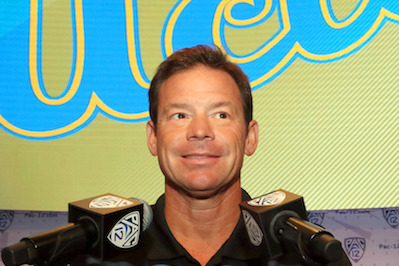 1
2
1
2
So cozy are the universities’ athletic departments with the apparel companies that the relationships have spawned nicknames. Nike founder and Oregon grad Phil Knight has donated so much money to the school that it has been dubbed by many “The University of Nike.”
There is no lack of apologists for a system that is pumping hundreds of millions of dollars into college athletics every year without any sign of slowing down.
UCLA head coach Jim Mora was euphoric over the Under Armour deal. “[The contract] resonates with a recruit or a parent,” he said. “They’ll think, ‘UCLA is really becoming big, big, big time.’ ”
Patrick Rishe, an economics professor and sports business writer at Washington University, says, “There should be no shame in getting everything you can from shoe and apparel companies. Whether you like it or not, these big-time college programs are charged with financing the rest of the athletics department, so there’s no shame for an athletic director holding out to try and get as much as he can.”
Rishe is right: There’s no shame in getting as much as you can. The shame is in where the money goes after you get it—or rather, where it doesn’t go.
The players receive nothing for their efforts. As Rishe says, the burden of financing all a university’s athletics falls on the big programs—specifically, football and basketball—but those programs exist at the expense of college kids without whose blood, sweat and broken bones there would be no revenue.
Coaches make constant reference to the “amateur rule” in NCAA guidelines, which forbid student-athletes from receiving any kind of compensation. But that rule wasn’t forced on colleges by the NCAA. It was the other way around. Colleges maintain they could never pay athletes because of “tight budgets,” but long before colleges were signing multimillion-dollar TV and sports apparel contracts—let’s say, back in the 1950s and 1960s—athletic departments were able to maintain all kinds of nonrevenue-producing programs, such as golf, lacrosse, swimming and track and field, on budgets that were a fraction of what they are today.
The more money the athletic departments take in, the tighter their budgets get. One skeptic of UCLA’s big sports apparel deal was its starting quarterback, Josh Rosen. When news of the UCLA-Under Armour contract broke, Rosen posted on Instagram, “We’re still amateurs though … Gotta love non-profits #NCAA.” (It didn’t stay up long. Rosen deleted it shortly after it went up. No word as to why.)
Apparently, Rosen didn’t understand that when a player calls it a business, the schools call it a game.
Your support matters…
SUPPORT TRUTHDIG
Independent journalism is under threat and overshadowed by heavily funded mainstream media.
You can help level the playing field. Become a member.
Your tax-deductible contribution keeps us digging beneath the headlines to give you thought-provoking, investigative reporting and analysis that unearths what's really happening- without compromise.
Give today to support our courageous, independent journalists.
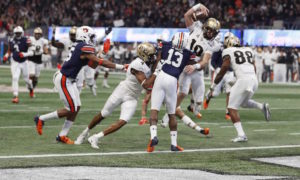
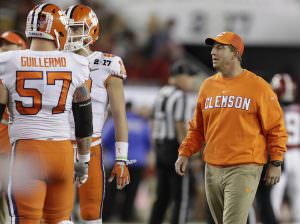
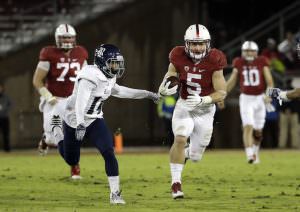
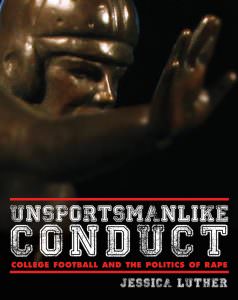
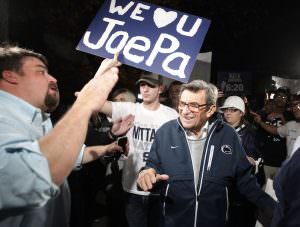
You need to be a supporter to comment.
There are currently no responses to this article.
Be the first to respond.